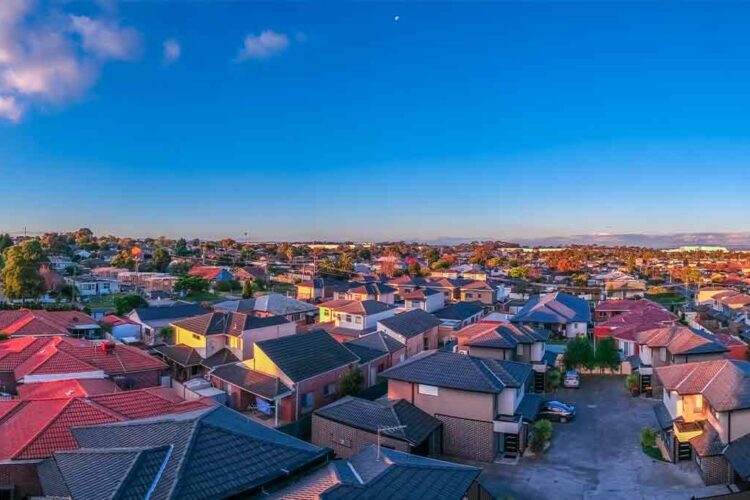After two months of anticipation, the Reserve Bank of Australia (RBA) has revealed whether February will see a cash rate hold or a 14th rate rise.
As the summer holidays come to a close and Australians begin settling back into the swing of work, the RBA has chosen to hold the official cash rate at 4.35 per cent.
This marks the second hold in a row since the central bank chose to raise the cash rate by 25 basis points on Melbourne Cup Day last November.
The news comes as no surprise to commentators, who noted the promising outlook of recent economic indicators.
PropTrack economist Anne Flaherty stated: “This decision was widely expected in light of last week’s release of the latest consumer price index figures which showed inflation slowed over the December quarter.”
Ms Flaherty hailed the decision to hold the cash rate at 4.35 per cent as “good news” for the housing market, noting that a more stable interest rate environment is likely to increase both buyer and seller sentiment.
“Headline inflation came in at 0.6 per cent over the December quarter, the lowest growth in consumer prices since March 2021,” said Ms Flaherty.
However, Ms Flaherty stressed that Australia’s housing affordability struggles are far from over, noting: “While interest rates appear to have peaked, two hears of high inflation have eroded real wages and, as of September, the household saving to income ratio was sitting at just 1.1 per cent” – the lowest level since the onset of the Global Financial Crisis in 2007.
ANZ senior economist Adelaide Timbrell also emphasised the positive impact the cash rate hold would have on “indebted homeowners, who on average now have higher confidence than renters for the first time since mid-2022.”
In response to the cash rate hold and Stage 3 tax cuts, Ms Timbrell reported that consumer confidence has increased in the past week, with many Australians more optimistic about the future of both their own finances and the nation’s economy at large.
However, lending platform RateCity has warned borrowers that interest stress is far from over, and advised that “borrowers planning their budgets around future cash rate buts should put their pens down and focus on clearing their current repayments instead.”
CBA and Westpac are both predicting rate cuts to begin kicking in by no earlier than December, while NAB and ANZ are forecasting just one cut in November 2024.
RateCity also urged homeowners to remember that “an RBA cash rate cut does not always translate into a mortgage interest cut,” with banks not always passing on the full amount prescribed by the RBA.
In fact, between December 2013 and December 2023 only four of the 10 cash rate cuts were passed on by CBA NAB and ANZ.
When it comes to the property market, LJ Hooker head of research Matthew Tiller noted that stock levels have been positive this summer, but warned that Australia’s housing crisis is still far from over.
“It is a supply and demand situation – we have had strong population growth and that demand base keeps growing at a time when dwelling approvals and constructions are at very low levels,” said Mr Tiller.
“Until some supply starts to kick in, along with easing construction costs and labour shortages, the demand pressures will still be there.”


